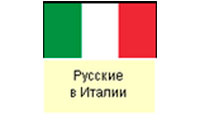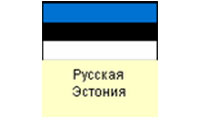Annexation of Latvia to the USSR
On the eve of the Second World War in conditions of increasing international tension, the Soviet-German treaty of non-aggression or the ‘Molotov-Ribbentrop Pact’ was signed on 23 August 1939. In accordance with a secret appendix to this agreement, the USSR and Germany divided up spheres of influence in Europe between them. The Baltic States, Finland, Western Byelorussia, Western Ukraine and Bessarabia were to come under the USSR’s sphere of influence, whilst a large part of Poland became Germany’s zone of influence. The fate of states and peoples was decided without their participation. >>
Russians in the Economy of Soviet Latvia
After the end of the Second World War Latvia once again became a republic of the USSR. Restoration of the economy destroyed by war began. At the same time the painful transition to a socialist economic system was also resumed. During war time and Stalin’s repressions, Latvia lost almost a third of its population. Therefore in the first post-war years there was a deficit in the labour force, including skilled workers. The integration of Latvia into the united economic space of the USSR, the development of new industry, mass-scale construction and transport demanded a migration of the labour force. >>
Latvia in the Family of European Nations
Latvia joined the European Union on 1 May 2004. The area of Latvia is around 64,600 square kilometers. Latvia consists of 4 ethnographic regions: Vidzeme, Kurzeme, Zemgale and Latgale. The capital of Latvia is Riga. The state language is Latvian. An independent Latvia was proclaimed on 18 November 1918. >>










